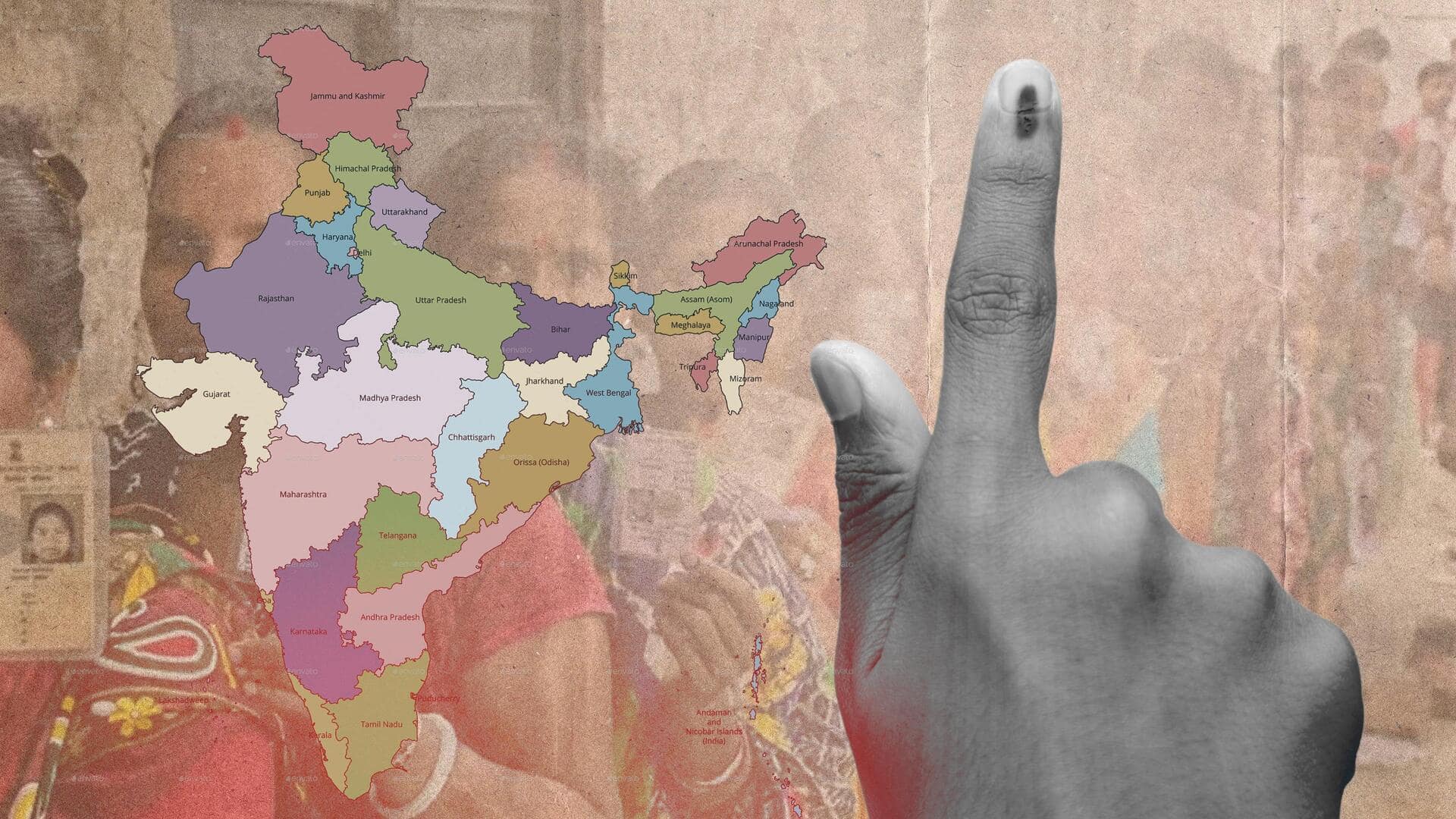
'One Nation, One Election': What it means for the country
What's the story
The government is mulling over "One Nation, One Election," which proposes holding simultaneous elections for the Lok Sabha and all state assemblies across the country. Supporters argue that it will increase administrative efficiency, cut costs, and ensure continuity in policies. However, opponents fear it may undermine regional parties, pose challenges to federalism, and require significant constitutional amendments. Here we take a look at what the current and proposed arrangements entail and their pros and cons.
Concept
What's the big deal?
While Lok Sabha and state Assembly elections are held every five years—or earlier if a legislature is dissolved due to any reason—their tenures are not synchronized and are separated by months and years. This results in two election cycles every year. In contrast, the proposed system calls for conducting all the polls simultaneously. The proposal featured in the ruling Bharatiya Janata Party's (BJP) poll manifesto in 2014 and was pushed again after the BJP returned to power in 2019.
Details
History behind 'One Nation, One Election'
Notably, the first general elections in independent India were held in 1951-52. Simultaneous elections remained the norm until 1967 before being disrupted by the premature dissolution of some state assemblies in 1968 and 1969, along with the Lok Sabha in 1970. Over a decade later, in 1983, the Election Commission (ECI) proposed bringing the system back. The ECI's annual report noted that the erstwhile government decided against simultaneous elections. The Law Commission's report in 1999 also supported simultaneous elections.
Analysis
Drawbacks of separate elections
Conducting elections separately demands making arrangements repeatedly, incurring huge costs. Reports said a whopping Rs. 60,000 crore was spent during the 2019 Lok Sabha elections, which included expenditure by the ECI and political parties. Government employees directed toward poll arrangements at the expense of their regular duties cost millions of man-hours. The imposition of the Model Code of Conduct (MCC) before elections, forbidding the launch of new projects to prevent elections from being influenced, further leads to policy paralysis.
What Next?
What are predicted cons of simultaneous elections?
While simultaneous elections may solve the current pitfalls, those opposing it fear it would undermine regional parties and pose challenges to federalism. The primary concern of regional parties is that national issues will overshadow local issues. A study by the IDFC Institute in 2015 found that voters were 77% likely to choose the same winning party or alliance in the state assembly and the Lok Sabha in simultaneous elections, as opposed to 61% if polls were held six months apart.
Insights
Constitutional and federal challenges
Implementing simultaneous elections will require amendments to the Representation of the People Act and other parliamentary procedures to arbitrarily synchronize the terms of state legislative assemblies with those of the Lok Sabha. There are also fears of challenges posed by simultaneous elections to the country's federalism. It would also require arbitrarily curtailing or extending the term of existing legislatures to synchronize the election dates. The implementation would also risk forcing an artificial cycle of elections and restricting voters' choices.